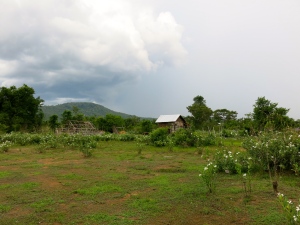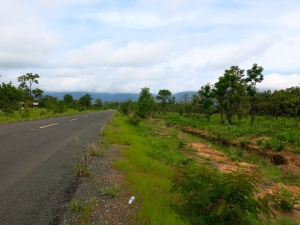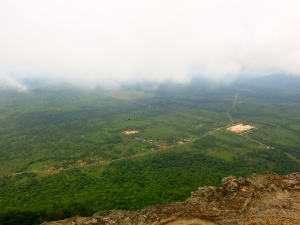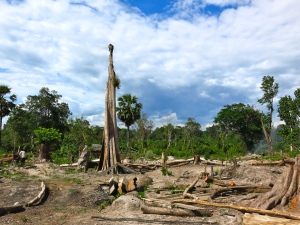This post was originally published at http://www.ypimap2013.wordpress.com for Mines Action Canada’s Young Professionals in Mine Action on 19 June 2013
In 1970, the Treaty on the Non-Proliferation of Nuclear Weapons was signed at the United Nations. Today, with 190 signatories, it is one of the most widely-adhered to treaties in the world. The Non-Proliferation Treaty was unique in its time because it recognized the devastating humanitarian consequences of war.
Its success would provide a template for advocates seeking to prohibit the use of other weapons of war that have a greater humanitarian impact than military one. It created a model for the successful campaign to ban anti-personnel landmines that resulted in the 1997 Mine Ban Treaty (161 States Parties), and the 2008 Convention on Cluster Munitions (83 States Parties). Earlier this month, another landmark piece of international law opened for signature: the Arms Trade Treaty will ultimately limit the transfer of conventional arms to regions where it is suspected they will be used in violation of the Geneva Conventions or against civilians.
In the almost 20 years since the signature of the Mine Ban Treaty, disarmament has lost some of its sense of urgency in the international arena. Funding for landmine clearance in Cambodia is steadily decreasing as fewer accidents occur (notwithstanding the fact that an accident happens in a moment, and a survivor may need assistance for the rest of their life). Earlier this week the United States pledged it would be providing arms to the rebels in Syria (where reports of the use of landmines, cluster munitions, and chemical weapons by the state are rife). A few weeks ago, there were accusations that Yemen was laying landmines. Yet, this morning I got an email that a 10-year old Bosnian child was killed in a rifle grenade explosion outside Sarajevo.
Advocating for disarmament just isn’t sexy when there are wars to fight.
But here’s the catch: there are 45.2 million refugees in the world, and the continued use of landmines, cluster munitions, and the unregulated trade of conventional weapons of war are contributing to that number.
45.2 million refugees.
Let’s just think about that for a second. Imagine if the entire population of Canada was homeless. Then add, like, all of Belgium. That’s what 45 million people would look like. And not only are they homeless. They’re likely ripped from their home by conflict, environmental disaster, or persecution. They often arrive in their place of asylum with nothing. 45.2 million. This is the highest number of refugees the world has had in 19 years. Or, looking at it another way, the highest number since 1995, which was right in the middle of one of the most violent decades in terms of civil war and genocide in modern history.
The organization I work for in Cambodia is Jesuit Refugee Service. In light of World Refugee Day on Thursday, June 20, we are engaged in a weeklong conference with international delegates from Syria, Democratic Republic of Congo, the Thai-Burma border, Indonesia, and Colombia to talk about displacement and reconciliation. Their purpose this week is to try and discern what reconciliation means in a world torn apart by violent conflict, and determine the best way to practice it in these very dangerous regions.
And when we talk about displacement and repatriation and exile and reintegration and reconciliation, disarmament is an important part of that conversation. Because irresponsible and illegal use of weapons directly perpetuates the refugee crisis. And it is a crisis. This week the Guardian wrote an article insisting the time has come to invest in refugee camps to make them more live-able. Which on one hand is a long overdue suggestion – as disease, hunger, infant mortality, and violence are widespread – and on the other, a desperate reality check that maybe it’s time to address the fact that people are forced to live in limbo, displaced, often stateless, for sometimes generations in refugee camps ill-suited for any kind of fulfilling life.
Thursday, June 20 is World Refugee Day. Sign this petition asking the Canadian government to tighten its legislation on cluster munitions. If you’re in Winnipeg, go to this fundraiser to help build a school for children near Dadaab Refugee Camp. Ask your government to sign this treaty on the Arms Trade. Because it’s all part of the same problem. And we can change it.
The Khmer Rouge reservoir at Trapeang Thmor, Banteay Meanchey province, Cambodia. Thousands died digging this by hand after being displaced from their homes during the Pol Pot regime. Today, it is a bird sanctuary and home to the rare Sirius Crane.





